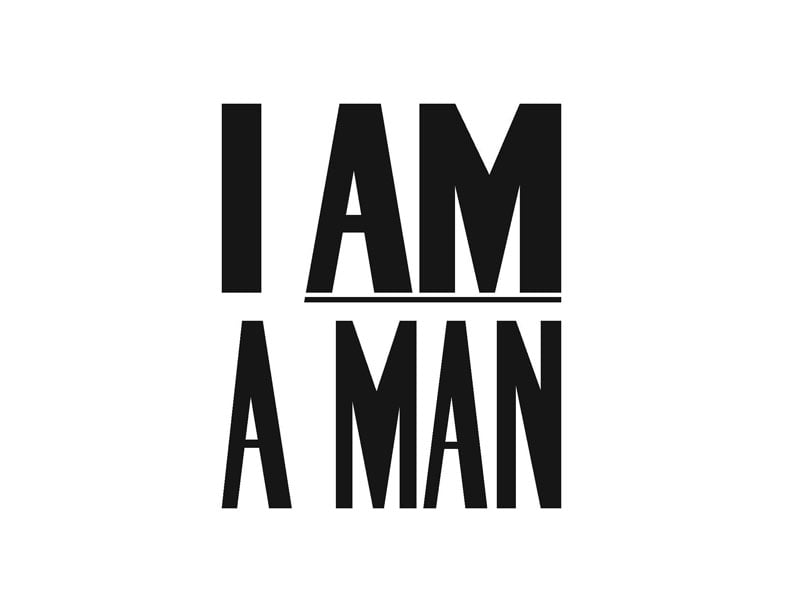The Breaks
2002 - Photography (Photography)
Juan Capistran
The Breaks reflects Capistran’s interests in sampling and fusing different cultural, social, and historical sources. Growing up in an African-American community in Los Angeles, Capistran has long been influenced by hip-hop culture. The photographs in this print document him surreptitiously breakdancing on Carl Andre’s iconic lead floor piece after the guards at the Los Angeles County Museum of Art have left the gallery. Each of the twenty-five frames depicts a classic breakdance move. Wearing a working-class outfit, Capistran intentionally emphasizes the vernacular aspect of this art form and his personal engagement challenges the hierarchy between street culture and high art.
Born in Guadalajara, Mexico, and raised in South Central Los Angeles, Juan Capistran was undocumented until midway through grade school. As a teenager he gravitated toward graffiti, punk rock, reggae, house music, and DJ culture as tools for crafting a hybrid identity. His work has diverse influences, from Malcolm X to Led Zeppelin and Richard Serra, and it quotes keenly and democratically, from gang colors to minimalist forms.
Colors:
Related artist(s) to: Juan Capistran » Abraham Cruzvillegas, » Adrian Esparza, » Alessandro Balteo Yazbeck, » Alexander Gutke, » Cevdet Erek, » Claire Fontaine, » Dani Gal, » Hank Willis Thomas, » Ingar Dragset, » Jens Hoffmann

© » KADIST
Alessandro Balteo Yazbeck
2008Part of a larger series of photographic works, Alessandro Balteo Yazbeck’s Corrupted file from page 14 (V1) from the series La Vega, Plan Caracas No...

© » KADIST
Claire Fontaine
2006Foreigners Everywhere is a series of neon signs in several different languages...

© » KADIST
Abraham Cruzvillegas
2004Wright Imperial Hotel (2004) is a sort of bow and arrow made out of feathers, a São Paulo phone book, and other materials...

© » KADIST
Hank Willis Thomas
2014Shot in black and white and printed on a glittery carborundum surface, Black Hands, White Cotton both confronts and abstracts the subject of its title...

© » KADIST
Hank Willis Thomas
2014South Africa Righteous Space by Hank Willis Thomas is concerned with history and identity, with the way race and ‘blackness’ has not only been informed but deliberately shaped and constructed by various forces – first through colonialism and slavery, and more recently through mass media and advertising – and reminds us of the financial and economic stakes that have always been involved in representations of race....

© » KADIST
Hank Willis Thomas
2013The image is borrowed from protests during Civil Rights where African Americans in the south would carry signs with the same message to assert their rights against segregation and racism...

© » KADIST
Hank Willis Thomas
2012Intentionally Left Blanc alludes to the technical process of its own (non)production; a procedure known as retro-reflective screen printing in which the image is only fully brought to life through its exposure to flash lighting...

© » KADIST
Hank Willis Thomas
2012Bread and Roses takes its name from a phrase famously used on picket signs and immortalized by the poet James Oppenheim in 1911...

© » KADIST
Hank Willis Thomas
2012Thomas’ lenticular text-based works require viewers to shift positions as they view them in order to fully absorb their content...

© » KADIST
Hank Willis Thomas
2012Like many of his other sculptural works, the source of I am the Greatest is actually a historical photograph of an identical button pin from the 1960s...


